Animated guy with glasses
The Animated Guy with Glasses: An Insight into Popular Character Concept
Character design is one of the most important factors affecting the propagation of the story in the animated fictional world. That is why one of the popular characters that can be distinguished among lots of others is the “animated guy with glasses”. This article is thus an attempt to comprehend the meaning of such a character design, its historical background and its role in shaping pop culture.
An Analysis of the Use of Glasses in Animation
Glasses are definitely more than just an ornament; they are a signal that offers quite an important message to others, most often about intelligence, oddness, or exhibiting a certain character tic. Glasses as worn accessory can change the look of animated character and make it more loved by the viewers or, analogically, more believable.
Stereotypes and Archetypes
The animated guy with glasses can still be associated with the main stereotype—the role of ‘the brains. Primarily, this stereotype originated from the animated movies and comes with support from other movies as well. For instance, Velma Dinkley from Scooby-Doo or Carl Fredricksen from Up helps to explain that glasses mean wisdom and problem-solving skills. Most of the time, characters with glasses face a crisis that requires intelligence to solve, so they intelligently solve it.
Breaking the Mold
Most of the animated characters with glasses are depicted as ‘the smart guy,’ but there are those who go against this stereotype. For example, characters such as Scooby Doo’s best friend Shaggy Rogers depart greatly from the accredited intelligence-performing character. This creates a kind of spectra that provides depth and humor as the audience sees the variety of design of the characters.
The Selected Animated Movie Characters Wearing Glasses
1. We began with Professor Farnsworth from the animated series Futurama.
A very fitting example of the stereotyped animated guy with glasses is Professor Hubert J. Farnsworth. The glasses that Farnsworth wears fit his character nicely as the crazy inventor of the Planet Express delivery service and the old manly figure the glasses give him adds to the show. These are motives characteristic for a comic and eccentric image, and his costume—wild hair together with the lab coat—accentuates the, well, mad scientist aspect of the character. It is also heartfelt to know that he is more like a mentor to Jay, especially taking the central role in making him the comic character he is.
2. Shaggy Rogers from Scooby-Doo
Shaggy is not a regular example of an intellectual, as he wears a green shirt and glasses. Although the viewers find comic relief in most episodes, he has a knack for resourcefulness and acts brave whenever it comes to protecting his friends. This is why Shaggy is one of the most endearing characters in animation history because he debunks the stereotype of characters with glasses.
3. Daria Morgendorffer from Daria is the person I admire;
Daria is another heroine with whom viewers are familiar and who breaks the stereotype of the animated guy with glasses. Her glasses reveal her intelligence that she uses to handle a cynical attitude while in high school. Crossing out the clichéd heroines who put on glasses like Hawlita, Daria embodies the voice of a generation with her unique looks and attitude.
4. Carl Fredricksen from Up
Carl, the main character and a grumpy old man from Pixar’s film Up, wears the glasses to illustrate he has lots of life experience. He showcases his character development plot well through his design, focusing on themes of love, loss, and adventure. They help him to express his age and recall the memories, which will evoke the audience’s sympathy in addition.
This paper focuses on exploring the historical development of a singled-out figure—the Animated Guy with Glasses.
Characters wearing glasses have transitioned for many years, showing different types of perceptions. In the early animation, the character with glasses stayed as the stereotype geek representative of a society. This depiction perhaps captured the culture of the society of regarding intelligence and appearance during that period.
Modern Representations
Today, animation studios are presenting glasses in a more diverse manner, with most of them no longer reflecting the oppressive and foggy conditions of the world. This societal advance in the operation of animation studios has led to the adoption of the complicated aspect of individuality as a key element in character design, along with the representation of people with glasses in various settings. Currently, nearly all animated films and television programs feature glasses as a physical feature, with powerful superheroes like Frozone in The Incredibles and even ordinary characters in the Steven Universe program wearing them.
Cultural Impact
You have the fun animated man donning glasses that changed not only animation but people’s vision concerning spectacles. When characters become favorites, so does their specific kind of dressing. Hats have been an item of fashion because of certain cartoon characters, and hence, the appreciation of glasses and thus sales have risen.
Understanding and Reasoning of Character Creation
Psychology informs the actual design of the characters, such as the decision to draw glasses on the character. Spectators respond more directly to tendency attributes. For example, glasses signal trust and solidity. This is significant in storytelling, where authors must portray the characters’ characteristics quickly.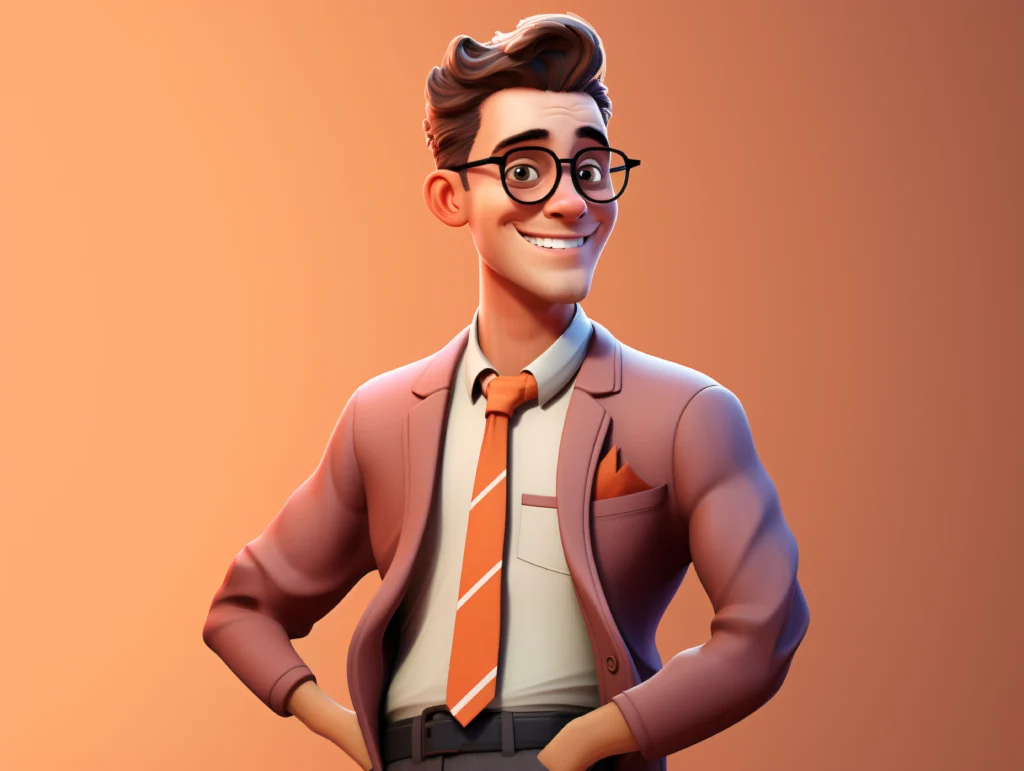

Audience Connection
Viewers or readers are always inclined towards characters that remind them of themselves, or else characters who are dreams they could become. This is quite understandable. Quite often, the animated character who wears glasses acts in a way that demonstrates qualities an audience would consider desirable or would like to have, such as wit, inventive spirit, and tenacity. They are also guarantees that this connection can lead to stronger viewers’ emotional involvement and investment into the character’s story.
Presumption
Your animated guy-with-glasses isn’t just any old trope, rather an amalgamation of intelligence, humor and ilkiness. These characters range from classic figures such as Professor Farnsworth to more contemporary depictions like Daria Morgendorffer, confronting stereotypes and serving up a wide array of narratives. Now that animation is changing with the times, we will see it feature more and different kinds of bespectacled characters, less likely to be pigeonholed into playing out a stock scenario. Like its own versions of you, yes.
Basically, this animated dude with glasses is not just entertaining us but leaves viewers with the same lesson for life: to accept our weird and nerdy selves knowing that appearances are misleading and often hidden beneath them is where true strength lies.
For more information, Click here
Share this content:
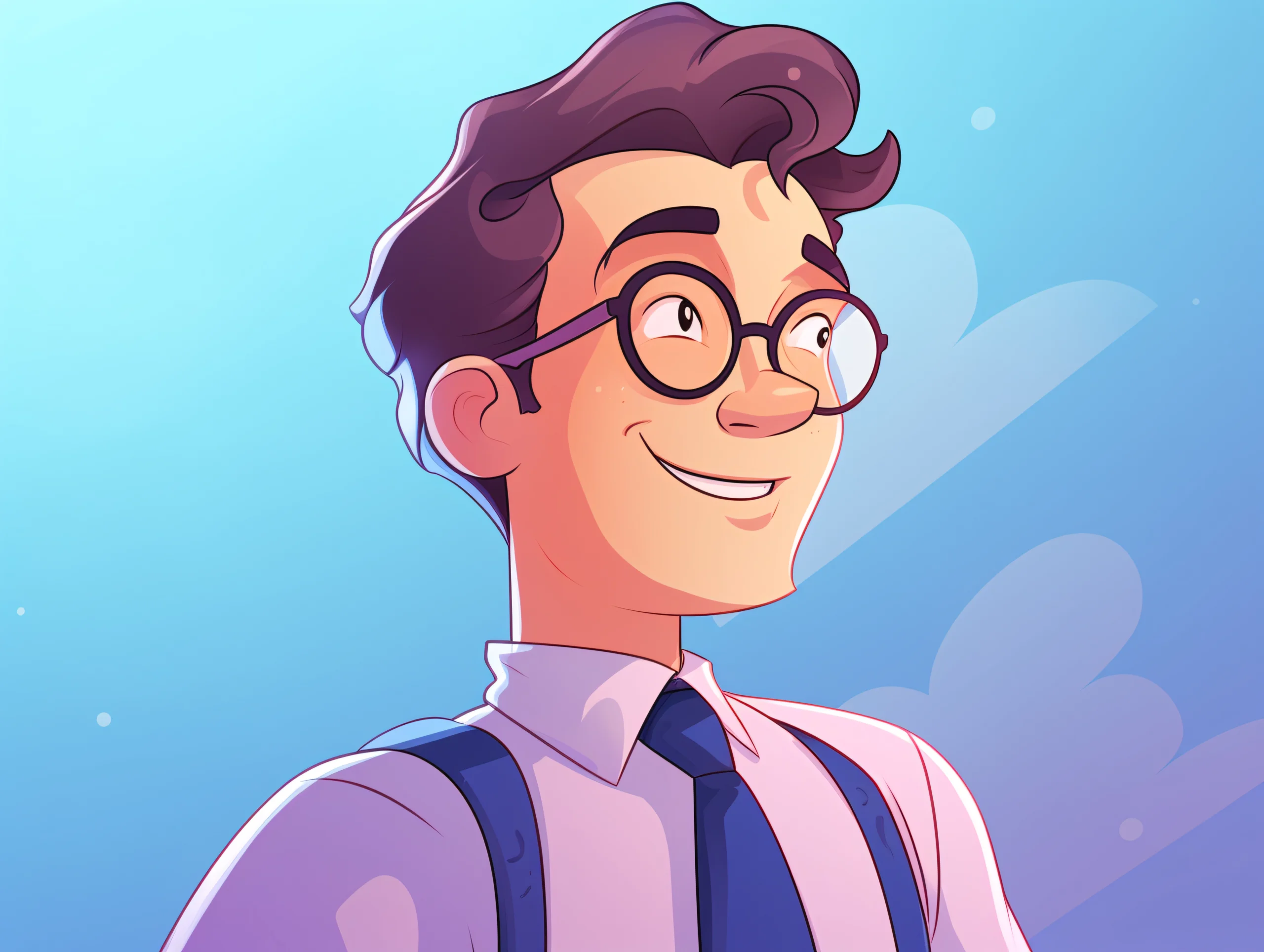
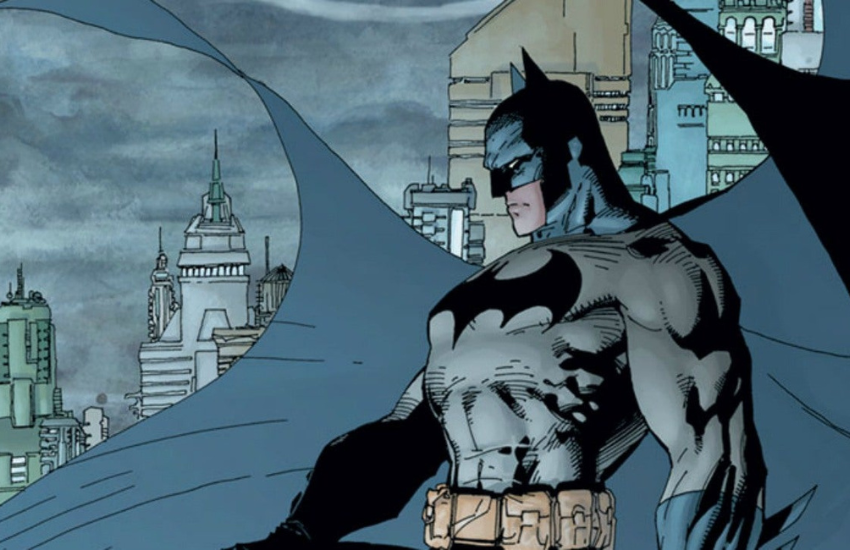
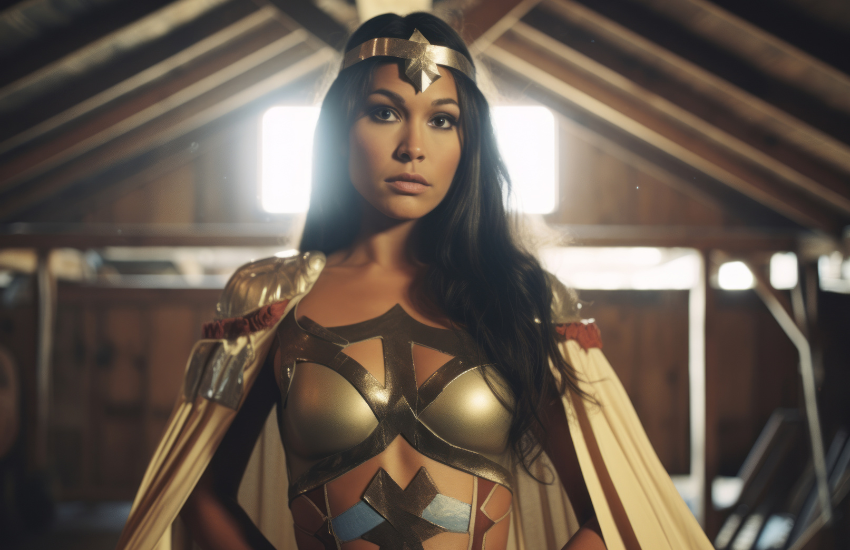
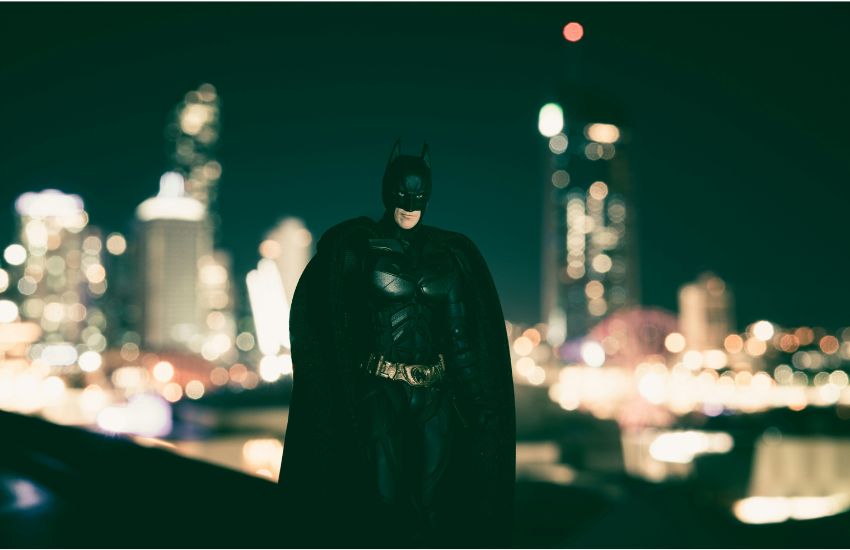
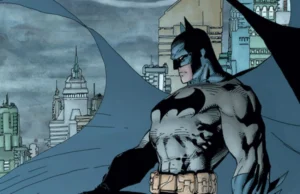
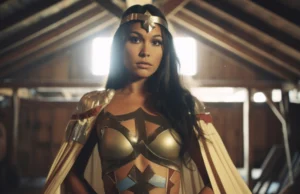
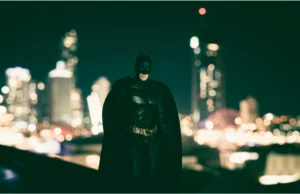
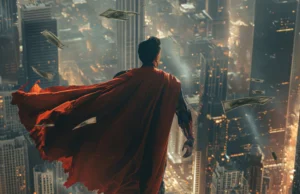

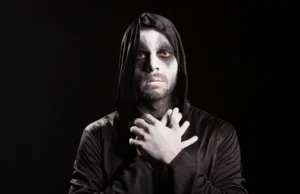



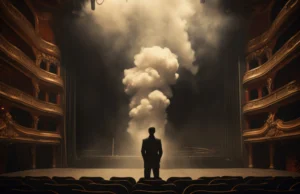
Post Comment